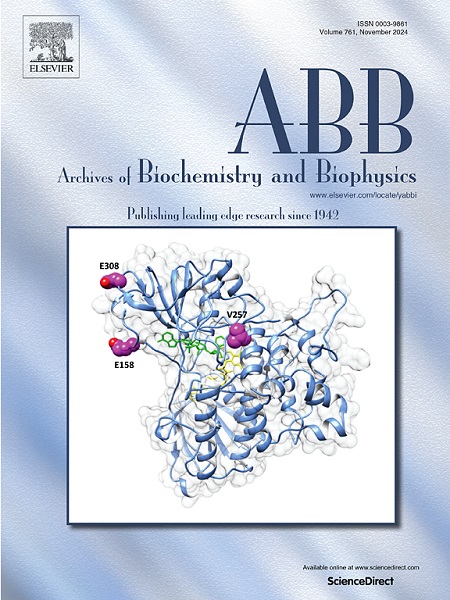miR-200 family: Gatekeepers of fibrinolytic regulation in lung pathologies during acute lung injury
IF 3.8
3区 生物学
Q2 BIOCHEMISTRY & MOLECULAR BIOLOGY
引用次数: 0
Abstract
Acute lung injury (ALI) is a severe condition characterized by acute inflammation and respiratory distress, often leading to significant morbidity and mortality. The complex pathophysiology of ALI involves alterations in various molecular and cellular processes, including those regulated by the miR-200 family. This study aims to investigate the regulatory function of miR-200 family members on the fibrinolytic system using three different agents: Bleomycin, IL-17A, and TGF-β, in both in vitro (A549 cells) and in vivo (C57BL/6 mice) models.
The role of miR-200a and miR-200b in modulating the fibrinolytic system was assessed through mRNA and protein expression analyses. The results show that in both in vitro and in vivo models, treatment with miR-200a and miR-200b mimics greatly reduced the abnormalities caused by the three drugs. Treatments were given during the inflammatory phase of ALI at two different time points for the in vivo studies: 3 and 7 days. This was evidenced by increased uPA and uPAR mRNA levels and decreased PAI-1 mRNA and protein expression. The inverse regulatory roles of miR-200 family members, particularly miR-200a and miR-200b, suggest potential therapeutic targets in ALI.
Furthermore, our study highlights how IL-17A and TGF-β modulate the fibrinolytic system and EMT pathway by influencing the expression of the miR-200 family in ALI. It elucidates the regulatory function of the miR-200 family in restoring the fibrinolytic system and the EMT pathway during lung injury, underscoring the significant therapeutic potential of miR-200 in treating ALI.

求助全文
约1分钟内获得全文
求助全文
来源期刊

Archives of biochemistry and biophysics
生物-生化与分子生物学
CiteScore
7.40
自引率
0.00%
发文量
245
审稿时长
26 days
期刊介绍:
Archives of Biochemistry and Biophysics publishes quality original articles and reviews in the developing areas of biochemistry and biophysics.
Research Areas Include:
• Enzyme and protein structure, function, regulation. Folding, turnover, and post-translational processing
• Biological oxidations, free radical reactions, redox signaling, oxygenases, P450 reactions
• Signal transduction, receptors, membrane transport, intracellular signals. Cellular and integrated metabolism.
 求助内容:
求助内容: 应助结果提醒方式:
应助结果提醒方式:


